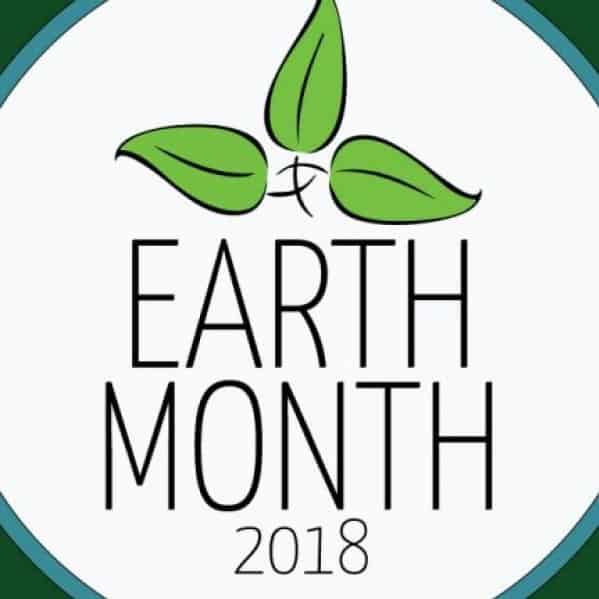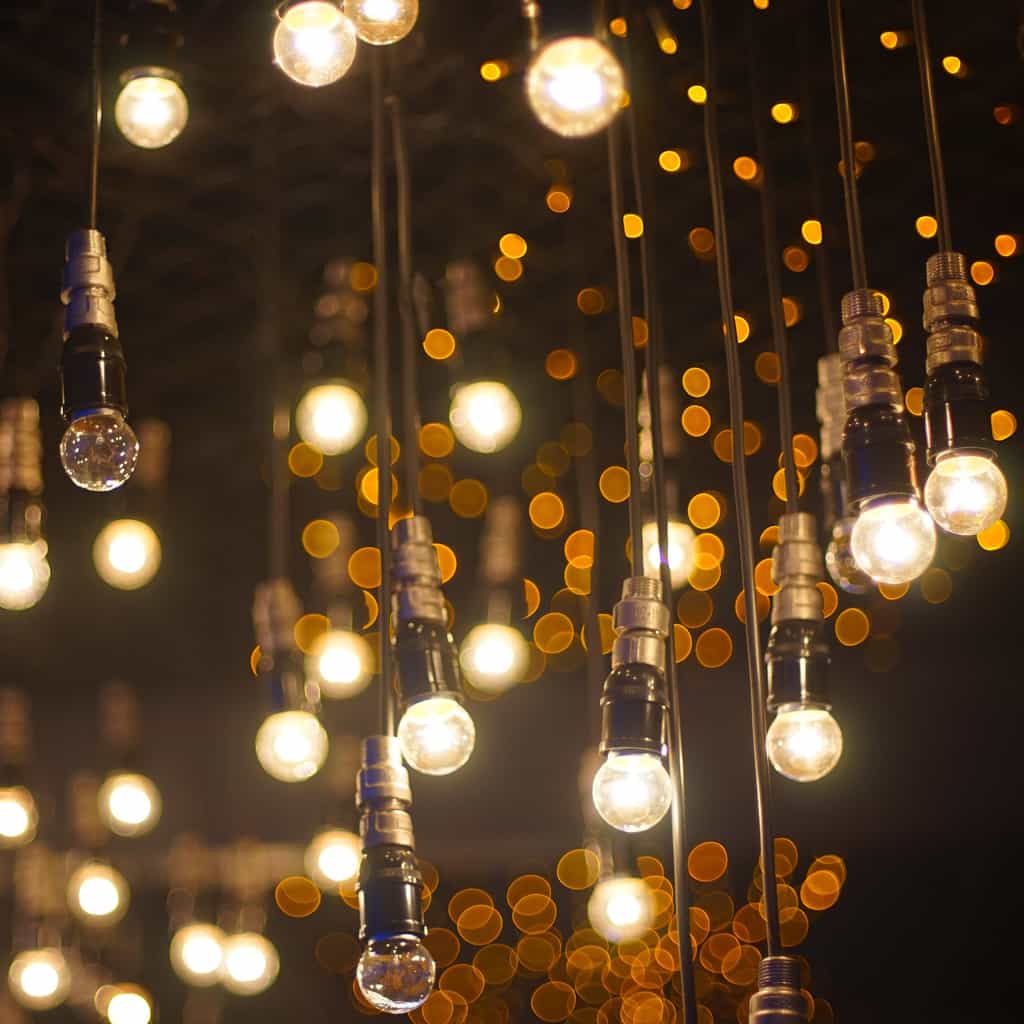Happy Earth Month® 2018!! Plastic Pollution! This is the 48th anniversary of Earth Month® and the theme this year is Plastic Pollution. For the purposes of this blog, I’m only going to focus on marine plastic pollution. Learning about all the plastic pollution in our rivers and oceans is quite depressing and aContinue reading “Earth Day 2018 – End Plastic Pollution!”
Category Archives: Green Technology
You Light Up My Life… For Earth Month!
You know you want to “go green,” but there are SO many ways and so many choices – where do you start? One good place to start is with your lighting! We all need lights and light bulbs in our homes – so why not start there! Light bulbs on the market now areContinue reading “You Light Up My Life… For Earth Month!”

